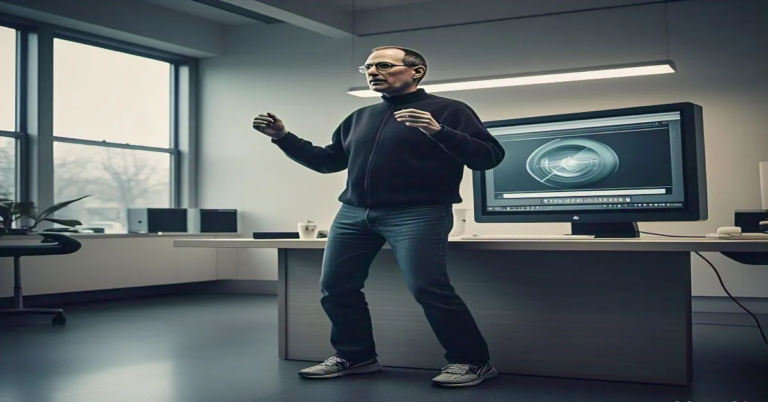Horace Mann biography
Horace Mann, often called the “Father of American Public Education,” was a pioneering reformer who transformed the Massachusetts school system and laid the foundation for universal, tax-supported common schools across the United States. His vision that education is a universal right and a cornerstone of democracy continues to influence educational discourse today.
⛏️ From Humble Beginnings to a Life of Reform
Horace Mann’s personal experiences with poverty and limited schooling deeply shaped his commitment to educational reform. He was born in 1796 in Franklin, Massachusetts, into an environment characterized by poverty and self-denial. His early education was sporadic; from age ten to twenty, he received no more than six weeks of schooling in any given year. Despite these limitations, he avidly educated himself using the resources of the Franklin town library, the first public library in America.
Driven by intellect and determination, Mann gained admission to Brown University at 20, graduating as valedictorian just three years later in 1819. He studied law, was admitted to the bar in 1823, and quickly entered politics. Mann served in the Massachusetts House of Representatives from 1827 to 1833 and later in the state Senate, where he was president from 1836-1837. During his legislative career, he championed social causes, including the construction of railroads and canals, and most notably, he led the movement to establish the first state hospital for the insane in Worcester.
A profound personal tragedy struck in 1832 when his first wife, Charlotte Messer Mann, died after just two years of marriage. He never fully recovered from this loss. In 1843, he married Mary Tyler Peabody, who would later bear him three sons.
🏫 The Architect of the Common School Movement
In 1837, Mann made a pivotal career shift, accepting the position of the first Secretary of the newly created Massachusetts Board of Education. He withdrew from all other professional and political engagements to dedicate himself fully to this role.
As Secretary, Mann embarked on an ambitious reform agenda. He held teachers’ conventions, delivered lectures, and wrote extensively on education. His twelve Annual Reports to the board became foundational texts, widely circulated and discussed. He also founded and edited The Common School Journal, a periodical aimed at spreading progressive educational ideas. To inform his reforms, Mann traveled to Europe in 1843 to study educational institutions, particularly the renowned school system in Prussia.
The six revolutionary principles for his time
| Principle | Core Belief |
|---|---|
| 1. Necessity of Universal Education | A republic cannot remain ignorant and free; universal popular education is essential for democracy. |
| 2. Public Funding and Control | Education must be paid for, controlled, and sustained by an interested public. |
| 3. Inclusive Schools | Education is best provided in schools embracing children from all religious, social, and ethnic backgrounds. |
| 4. Non-Sectarian Nature | Education must be profoundly moral but free from sectarian religious influence. |
| 5. Spirit of a Free Society | Teaching must use the methods and discipline of a free society, rejecting harsh classroom pedagogy. |
| 6. Professional Teachers | Education can only be provided by well-trained, professional teachers. |
To realize his vision, Mann championed several key innovations:
- Normal Schools: Mann was crucial in establishing the first “normal schools” in Massachusetts to provide professional training for teachers. This was vital for improving the quality of instruction, particularly in rural schools.
- Feminization of Teaching: Mann argued that women were better suited for teaching and actively recruited them into the profession, often through normal schools. This partnership with reformers like Catharine Beecher created new career opportunities for women.
- Secular and Moral Education: Mann navigated a delicate balance on religion. He argued that schools should be “non-sectarian,” excluding specific denominational doctrines but actively inculcating “Christian morals” using the Bible as a common text. This stance drew criticism from various religious sectarians.
💡 The Driving Vision: Why Mann Fought for Reform
Mann’s crusade was motivated by a conviction that public education was fundamental to solving the young nation’s most pressing challenges.
He saw democratic citizenship as the primary goal, famously declaring, “A republican form of government, without intelligence in the people, must be, on a vast scale, what a mad-house, without superintendent or keepers, would be on a small one”. He believed schools were essential for creating the virtuous, informed citizenry needed to sustain American political institutions.
Mann also viewed education as a powerful tool for social harmony and equality. He hoped that by bringing children from all classes together in common schools, they would have a shared learning experience. This would help “equalize the conditions of men,” allowing less fortunate children to advance socially and creating a bond of common sentiment to mitigate class conflict.
Furthermore, he persuaded business-minded modernizers that a more educated workforce would lead to a richer and more profitable economy, thereby justifying the new taxes required to fund public schools.
🛡️ Facing Opposition and a Complex Legacy
Mann’s reforms were not universally welcomed. He faced bitter opposition from several fronts:
- Boston schoolmasters disapproved of his innovative pedagogical ideas and his advocacy against corporal punishment.
- Religious leaders, particularly orthodox Congregationalists, contended against the exclusion of sectarian instruction from schools.
- Local communities and politicians opposed the state board as an improper infringement on local educational authority.
- Catholic immigrants, especially the Irish, condemned his Protestant-centered morality and reacted by constructing their own system of parochial schools.
Mann’s legacy is also marked by controversies that modern scholars continue to examine.
- Opposition to American Sign Language: Mann was an early proponent of “oralism” for deaf education, insisting that deaf children learn to speak and lip-read English rather than use sign language. Historians note that his support may have helped cement educational practices that were harmful and limiting for many deaf students.
- Emphasis on Moral Conformity: Some scholars argue that Mann was less concerned with sparking intellectual curiosity than with molding students into good, disciplined citizens. The common school could be seen as a tool for social control, designed to universalize the values of the Northern Protestant middle class and suppress diversity.
🎓 Later Career and Lasting Influence
After resigning as Secretary of Education in 1848, Mann succeeded the late John Quincy Adams in the U.S. House of Representatives, where he served until 1853 and was a fierce opponent of slavery. In 1853, he became the first president of Antioch College in Ohio.
At Antioch, a new institution committed to coeducation, non-sectarianism, and equal opportunity for African Americans, Mann faced the financial and administrative crises typical of a new college. It was here, just two months before his death in 1859, that he delivered his famous valedictory to the graduating class: “I beseech you to treasure up in your hearts these my parting words: Be ashamed to die until you have won some victory for humanity”.
While his vision for a perfectly uniform common school was never fully realized, his principles spread across the nation. Most Northern states adopted a version of the system he established, and by the post-Civil War era, the idea of tax-funded public schools had taken root nationwide. His belief that all children, regardless of background, deserve access to a quality education remains a foundational ideal of the American public school system.
I hope this overview provides a comprehensive and humanized portrait of Horace Mann’s life and work. Would you be interested in learning more about the specific criticisms of his educational models or his influence on particular states?






